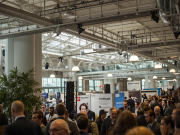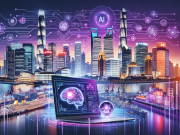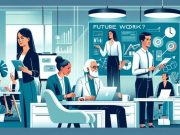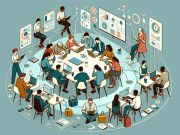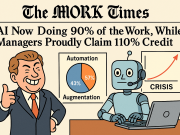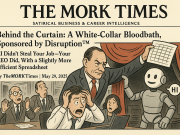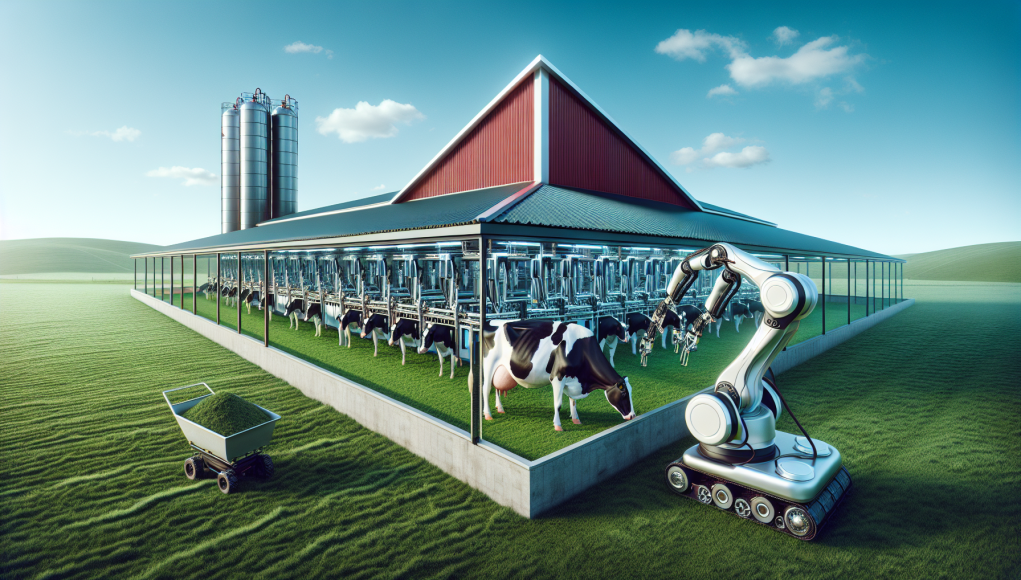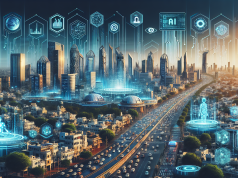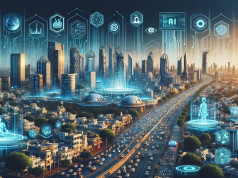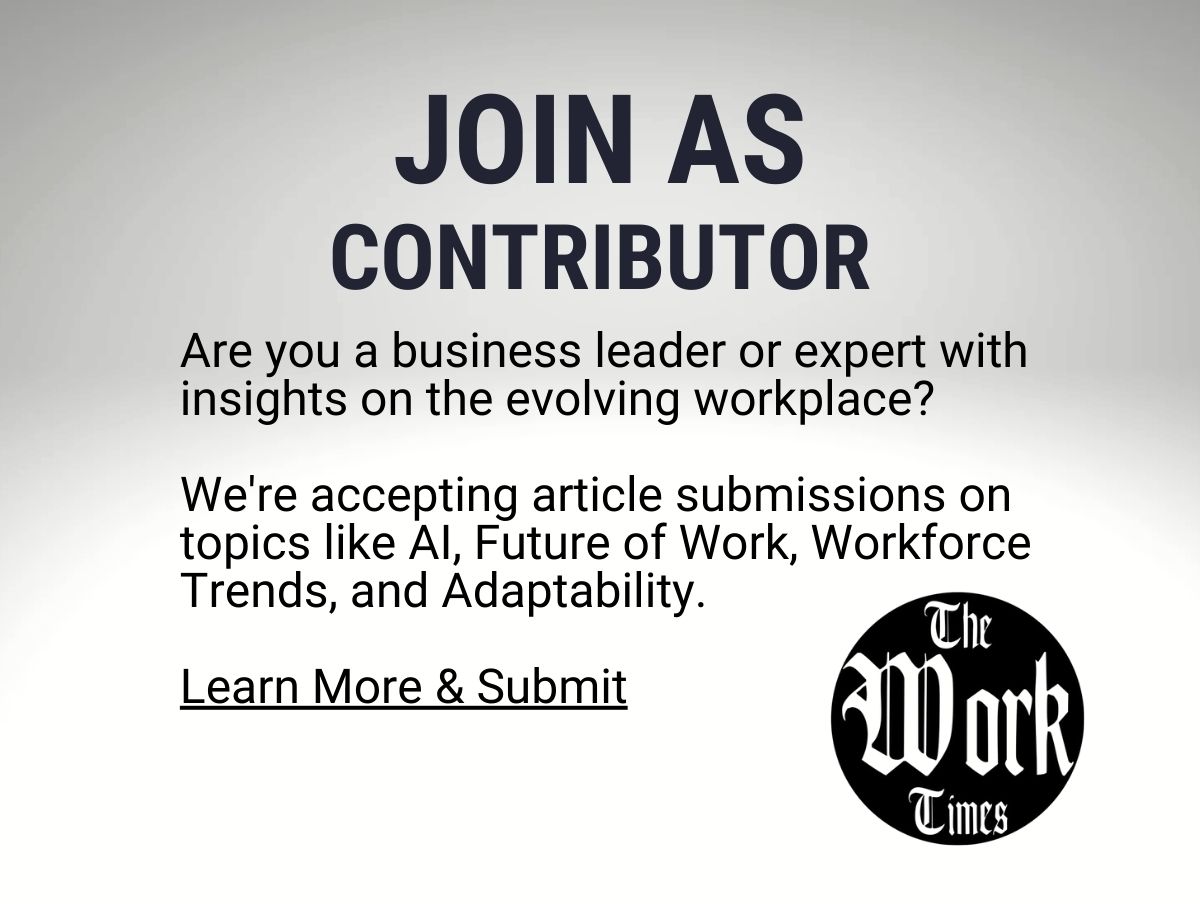The Robotic Revolution: Reshaping the Future of Dairy Farming in the Workplace
In the pastoral landscape where cows graze under the azure sky and a gentle breeze sweeps through the fields, an unexpected revolution is quietly taking root. The dairy farming industry, once synonymous with bucolic, labor-intensive practices, is now witnessing the dawn of the robotic revolution—a technological metamorphosis brimming with potential to reshape the workplace as we know it.
The Dawn of Automation
Imagine entering a barn not as a hectic hive of human activity, but as a symphony of sophisticated machines working in harmony. Automated milking systems, robotic feed pushers, and sensor-equipped collars are transforming the traditional dairy farm into a hub of futuristic efficiency. This isn’t just about making life easier for farmers; it is a radical evolution in agricultural workplace dynamics.
Robotic milking machines, for instance, have freed farmers from the constraints of rigid schedules. Cows walk up to a milking station by choice and are milked with precision, ensuring both animal comfort and optimal production. These automated processes mean that farmers can channel their time and energy into other critical aspects of farm management, like genetics and animal welfare, thus optimizing productivity and sustainability.
Enhanced Animal Welfare and Productivity
In this new landscape, animal welfare isn’t merely a checkbox on a regulatory list; it is integral to the philosophy of the robotic dairy farm. Equipped with sensors and biometric monitoring, each cow’s health is tracked in real-time, identifying any abnormalities far quicker than human observation might. By ensuring prompt attention to health issues, robotic tech aids in maintaining a healthy herd, which is crucial for sustained productivity.
This precise, data-driven approach allows farmers to make informed decisions, optimizing feed strategies, breeding practices, and environmental conditions, which not only boosts overall productivity but aligns neatly with ethical farming practices and sustainable development goals.
Implications for the Workforce
The introduction of robotics in dairy farming also marks a paradigm shift in workforce requirements. While it reduces the need for manual labor, it sparks a demand for tech-savvy individuals who can manage, maintain, and innovate upon these technologies. This evolution presents an opportunity to reshape the agricultural workforce—opening new career avenues and requiring adaptive skillsets that bridge traditional and digital farming methods.
Cultivating Sustainability
As the world grapples with pressing concerns like climate change and food security, the robotic transformation of dairy farming could serve as a model for sustainability in agriculture. By optimizing resources and minimizing waste, robots contribute to a more efficient, environmentally friendly farming operation. This technological assist reduces the carbon footprint and leads to a smarter, more sustainable food system—aptly addressing both ecological and economic needs.
The Future of Dairy Farming
As we move forward, the robotic revolution in dairy farming invites reflection on the evolving intersection of technology and agriculture. Where once existed an industry reliant on sweat, toil, and time, there now blooms a potential for more sustainable, intelligent, and humane farming practices. It beckons to policy-makers, technologists, and the agricultural community to embrace a future where technology enriches and elevates the farming workplace.
This extraordinary transformation embodies the spirit of innovation in workplaces worldwide. It challenges us to envision a future where technology and tradition harmonize, and progress is cultivated tirelessly across the verdant pastures of the dairy farm, inspiring industries far beyond its rustic roots.

